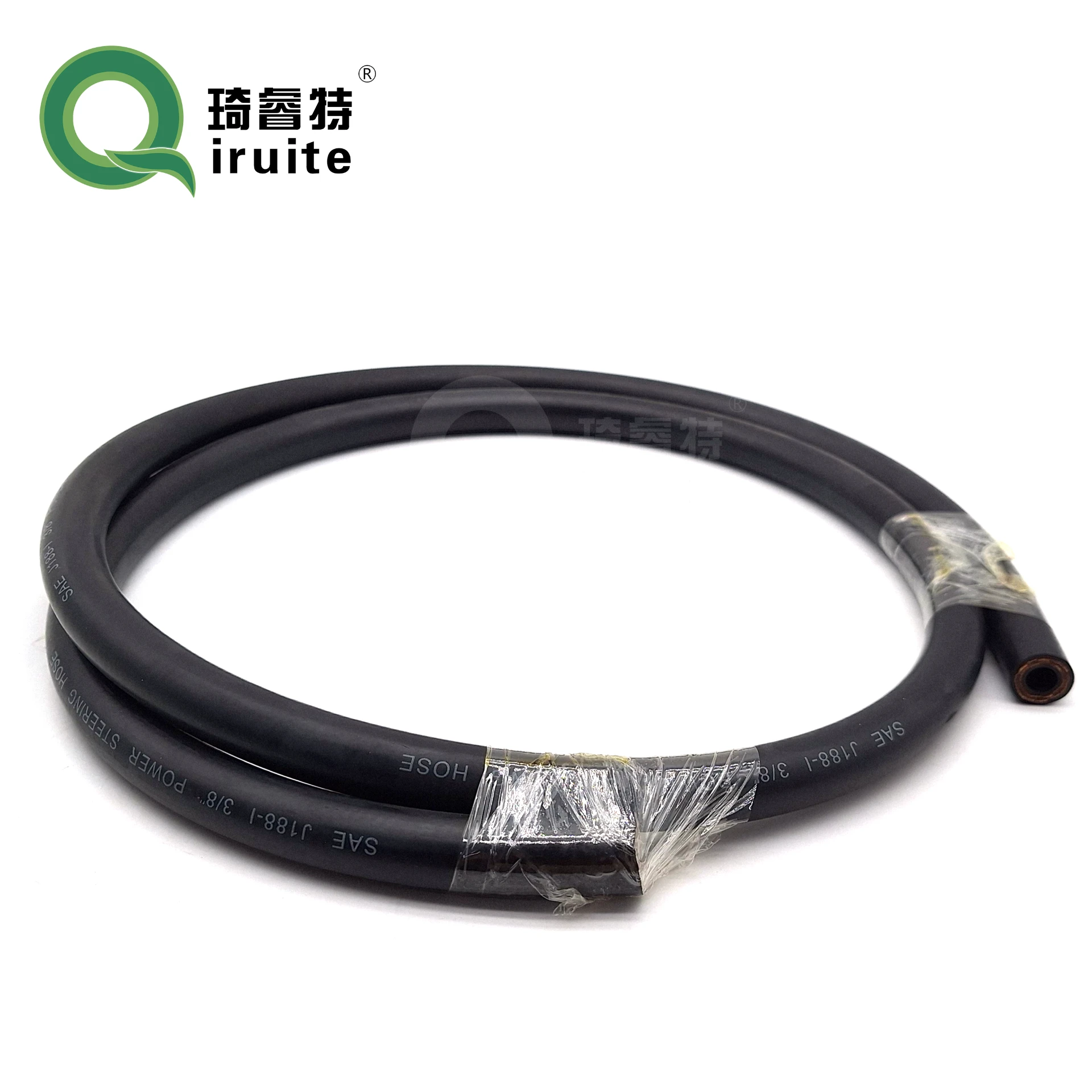different types of pipe couplings
Different Types of Pipe Couplings
In various industries, pipe couplings play a critical role in connecting pipes of different sizes or materials. A pipe coupling is a plumbing fitting that allows two pipes to be joined together securely, enabling the flow of fluids or gases. Understanding the different types of pipe couplings is essential for selecting the right type for a given application. This article explores some of the most common types of pipe couplings and their specific uses.
1. Rigid Couplings
Rigid couplings create a solid, permanent connection between pipes. They are typically used in situations where alignment is crucial, as they do not allow for any movement or flexibility. Common materials for rigid couplings include PVC, metal, and cast iron. These couplings are often used in water supply lines and drainage systems where a secure and leak-proof joint is necessary.
2. Flexible Couplings
Flexible couplings are designed to accommodate slight misalignments and movements between pipes. These couplings can absorb vibrations and allow for expansion and contraction caused by temperature changes. Flexible couplings are particularly useful in industrial settings and areas with shifting ground. They are commonly made from rubber or flexible materials with metal bands for added strength.
Adapter couplings are used to join pipes of different diameters or materials. They function as a transition piece, allowing for a smooth flow between dissimilar pipes. This type of coupling is essential in renovation projects where existing pipes may differ from new installations in size or material. Commonly used in plumbing, adapter couplings ensure compatibility between various systems.
4. Split Couplings
different types of pipe couplings

Split couplings are unique because they consist of two halves that can be clamped around pipes. This design allows for easy installation and removal, making them ideal for systems requiring maintenance or repairs. Split couplings are often used in HVAC systems and can accommodate different pipe sizes by adjusting their position.
5. Compression Couplings
Compression couplings create a seal around the pipe through compression, allowing for a secure connection without welding or threading. This coupling type is popular in plumbing applications where ease of installation and maintenance is necessary. Compression couplings can be made from various materials, including brass, plastic, and copper, making them versatile for different piping systems.
6. Flanged Couplings
Flanged couplings connect pipes through flanges, which are flat pieces of metal or plastic with holes drilled around the edge for bolts. This coupling type is ideal for larger diameter pipes and high-pressure applications, as it provides a robust and secure connection. Flanged couplings are commonly found in industrial and municipal applications, such as water treatment facilities and chemical processing plants.
7. Victaulic Couplings
Victaulic couplings are a specific type of mechanical coupling that utilizes a groove and a clamp system to join pipes. These couplings are quick to install and can handle various pipe diameters and materials. They are particularly favored in fire protection systems and large commercial buildings due to their reliability and ease of use.
Conclusion
Choosing the right type of pipe coupling is essential for the success of any piping system. Each type of coupling offers unique advantages and is suited for different applications. By understanding the variations and their functions, professionals can make informed decisions that ensure the efficiency and integrity of their piping systems. Whether for residential plumbing or industrial applications, the right coupling can significantly impact the flow, safety, and durability of the system.
-
Ultimate Spiral Protection for Hoses & CablesNewsJun.26,2025
-
The Ultimate Quick-Connect Solutions for Every NeedNewsJun.26,2025
-
SAE J1401 Brake Hose: Reliable Choice for Safe BrakingNewsJun.26,2025
-
Reliable J2064 A/C Hoses for Real-World Cooling NeedsNewsJun.26,2025
-
Heavy-Duty Sewer Jetting Hoses Built to LastNewsJun.26,2025
-
Fix Power Steering Tube Leaks Fast – Durable & Affordable SolutionNewsJun.26,2025

